
Tag: CD


MODERN ENGLISH/Take Me To The Trees review!
If your only encounter with Modern English is “I Melt With You,” then you need to sit down, kids, because there is more to this British outfit than meets the ear. The band’s moody and artsy Post-Punk beginnings were a perfect match for 4AD, the label that released their first three albums. However, by the second album, 1982’s AFTER THE SNOW, the band had matured and were writing better songs, moving away from their dark past and gaining a lot more confidence in the process. That second album contained some of their best moments to date including “Someone’s Calling,” “Life In The Gladhouse” and, of course, “I Melt With You.” The latter song became one of the tracks that truly defined the ‘80s and became a blessing and curse for the band. Modern English next album, RICOCHET DAYS, was nearly as good as AFTER THE SNOW but did not contain a hit like “I Melt With You” and the band found itself falling out of fashion. Another album – STOP START – came and went and the band split. Over the years, vocalist Robbie Grey and various line-ups of the band have recorded and toured as Modern English, even releasing some very fine albums along the way, In 2010, four of the five original members – Grey, Gary McDowell (guitar, vocals), Michael Conroy (bass, vocals) and Stephen Walker (keyboards – reunited for a few tours and received a hero’s welcome by fans. Seven years on, have finally delivered TAKE ME TO THE TREES, the first studio album since 1984’s RICOCHET DAYS to feature these four core members. While the band wisely continues to avoid attempting to re-write “I Melt With You,” they certainly haven’t lost the desire to re-explore dark places with melodic flair.
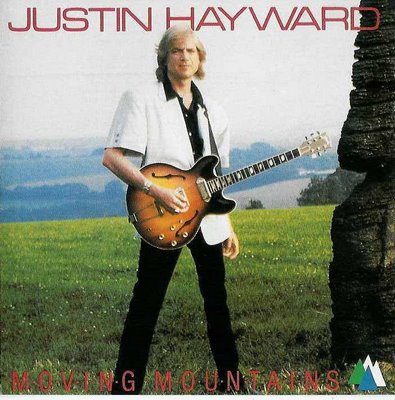
JUSTIN HAYWARD/Moving Mountains (reissue) reviewed!
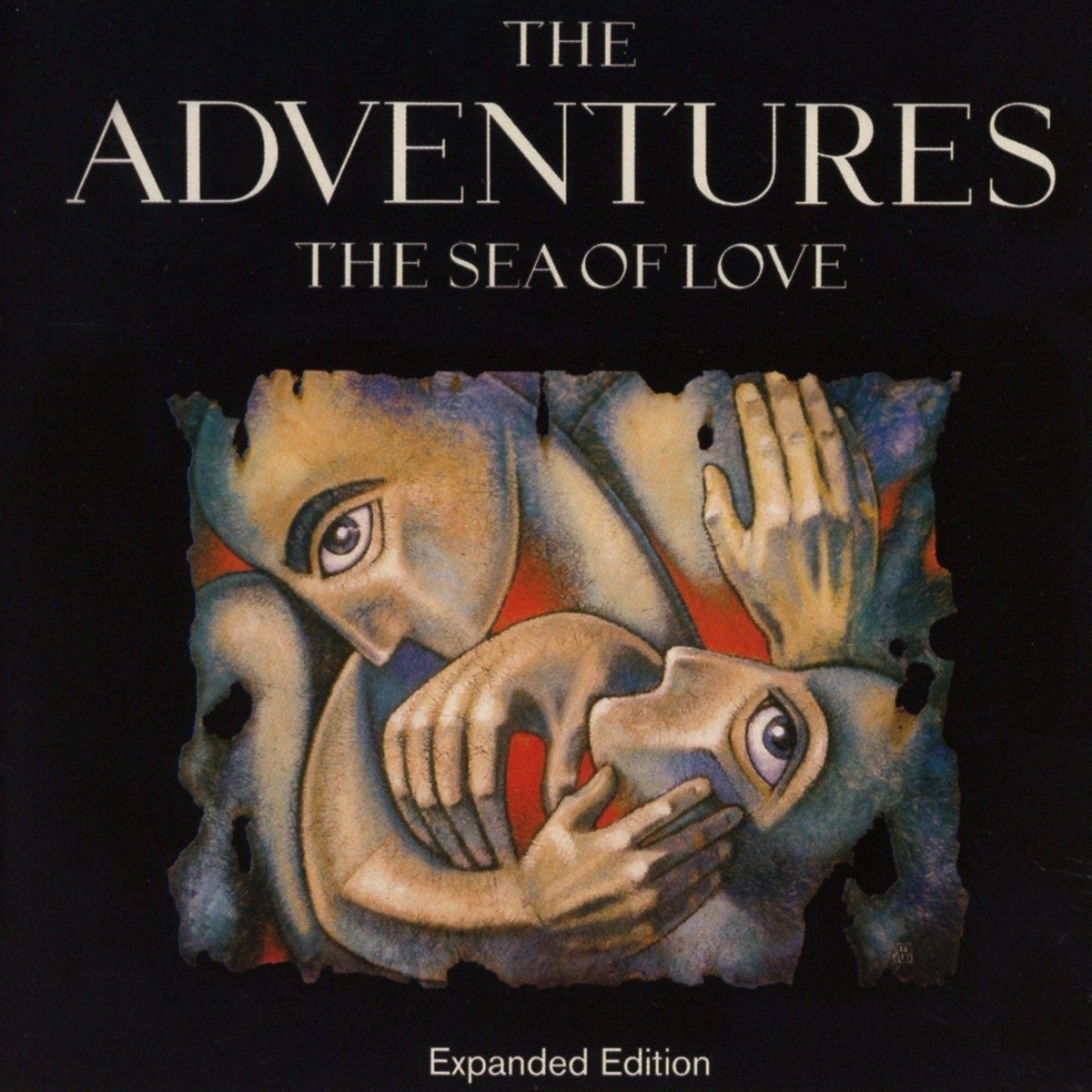
THE ADVENTURES’ The Sea Of Love (Expanded Edition) reviewed!
The Adventures rose like a phoenix from the ashes of Irish Punk/New Wave band Starjets. Vocalist Terry Sharpe and latter-day guitarist Pat Gribben formed the Pop-oriented outfit (along with Pat’s wife Eileen, Spud Murphy, Tony Ayre and Paul Crowder) and released their debut album in 1985. Depending on which country you were in, the album was called THEODORE AND FRIENDS (in the UK and Europe) or THE ADVENTURES (in the U.S.). While essentially the same album, each version featured different mixes of the core tracks (“Send My Heart,” “Another Silent Day”, etc.) and different artwork. The album’s shimmering, glossy production accented Gribben’s melodic flair and Sharpe’s vocals. The addition of Eileen’s vocals added a nice depth to the harmonies, of which there were plenty on display. While the album received good reviews and they earned significant airplay on both sides of the pond, The Adventures didn’t achieve the success they so richly deserved.
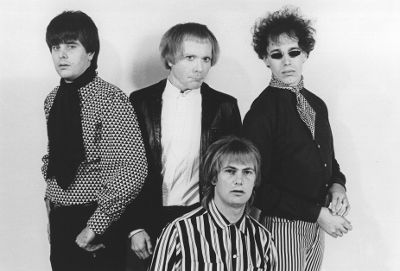
PLASTICLAND reissues on Wounded Bird Records!
Milwaukee’s Plasticland – founded by Glenn Rehse and John Frankovic (who has since left the band) – have remained unjustly overlooked for years… yet they have also been absolutely adored by critics off and on since they first formed some 36 years ago. The band has managed to stay on the fringe of the Alternative Rock scene but have never been fully treated like the Psych-Rock/Garage icons that they are. And I’m sure this review isn’t going to inspire a mass pilgrimage to the record store but if it piques the interest of a few of you, then we’re getting somewhere! Even though they signed to the esteemed Enigma Records in 1984, Plasticland couldn’t be bothered to cater to the mainstream. Their blend of Acid, Garage and Psych Rock wasn’t merely a tribute to the sounds that they loved – it was obvious that this music was part of their DNA. The band was capable of writing catchy songs with a built-in atmosphere that sounded both retro and modern at the same time. Perhaps that is why their recordings remain timeless today. Plasticland are to Psyche what The Fleshtones are to Frat/Garage Rock and The Cramps are to sweaty, swampy, primitive Rock ‘n’ Roll. They could have sold out in their early days and become ‘the new R.E.M.’ like a host of their contemporaries. Thankfully, they chose to stick to their guns and remain Plasticland.

ALLIANCE ENTERTAINMENT: Supplying the vinyl revival, and beyond
Alliance Entertainment’s 661,000-square-foot distribution center in Shepherdsville, KY.
Raise your hand if you predicted the hot recorded music format of this decade would be…the vinyl record. In the U.S. alone, sales of the throwback records have climbed from under a million in 2007 to a whopping 11.9 million in 2015, their highest total since 1988. Aside from the questions this raises about listening habits and technology, here’s one more to consider: Who’s providing all the records? For about 50% of vinyl record sales in the U.S., the answer, at some stage, is Alliance Entertainment. Based in Sunrise, Florida, Alliance is a distributor for CDs, DVDs, Blu-ray, and vinyl records, as well as musical instruments, pro audio, and a variety of other entertainment products. It’s Alliance’s focus on recorded media, however, that centers it in one of the fastest-changing—and most disrupted—categories of this century. Digital media and streaming services have irrevocably changed the market for CDs and DVDs, yet Alliance has set a blueprint for how a company in this arena remains at the top of its game. It’s currently billed as the nation’s leader in vinyl record sales, and the largest U.S. home entertainment wholesale distributor to mass merchants, internet retailers, and independent stores.
“Technology can be a double-edged sword when it comes to home entertainment media,” says Jeff Walker, president and CEO of Alliance Entertainment. “It has put some of our competitors out of business, but has allowed us to grow a brain trust of unmatched industry insiders and given us perspective to innovate and be more forward thinking when new products or opportunities come to us.”
 Jeff Walker
Jeff Walker
For Walker, who started his career as a music retailer, heading up Alliance Entertainment is the latest link in a chain of moves through the music and entertainment industries. His original music distribution company, Super D, was founded as a side business—but emerged as a powerhouse that acquired all of its competitors: Phantom, MSI, Infinity Resources, and finally, in 2013, Alliance Entertainment, which lived on as the name of the merged company. Under Walker, Alliance would distinguish itself by the “one-stop” nature of its model. While some competitors have made their living on a relatively narrow, curated selection of music and film titles, Alliance carries the entire depth and breadth of its vendor catalogs, stocking a physical inventory of 400,000 titles within its distribution center. It’s a wholesaler to 2,900 customers and ships to 14,500 locations throughout the U.S.—as well as retailers in 76 countries worldwide. In addition, Alliance produces exclusive children’s home entertainment products through a dedicated subsidiary company, NCircle, and a full line of vinyl preservation and care products through a second subsidiary, Vinyl Styl. Its industry-leading AMPED Distribution operation offers physical and digital distribution services for both audio and video.
It’s Alliance’s success in this core category that’s allowed it to diversify, expanding from recorded media into categories as varied as video games, comic books, health and fitness products, and collectibles. With a formidable network of facilities, the company also provides third-party logistics (3PL) for some of the largest retailers in the world. Its inventory control systems, electronic data interchange (EDI), and data warehousing capabilities are also cutting-edge, “allowing us to maximize use of time and minimize costly mistakes,” says Walker. “With our dynamic sales and purchasing teams, even in lean years we have been able to survive and thrive. Our ability to adapt, quickly using state-of-the-art technology to face a changing economy, helps us to serve our ever-expanding customer base. We are the model of a 21st century one-stop distributor.”
For Alliance, the newest piece of the puzzle arrived just this summer with its acquisition of the AN Connect LLC retail music business. In purchasing AN Connect’s business and assets, which include vendor-managed inventory accounts for Walmart and Best Buy, Alliance added to its SKU base a huge assortment of CD, vinyl, DVD, Blu-ray, and electronic products. “With this acquisition, we will likely surpass the threshold of being a billion-dollar company,” says Walker. “We continue to expand our reach and service level domestically and internationally, as the world grows smaller through technological advances. We plan to keep chasing the dream of being the largest one-stop distributor in the world, while supporting our retail partners and allowing them to grow with us.”
(This article originally appeared in the December 2016 issue of Music Trades/www.musictrades.com)
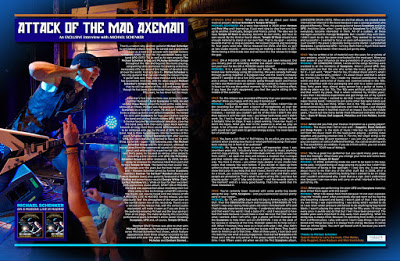
MICHAEL SCHENKER: An EXCLUSIVE Interview!
international sensation, steering the band away from their early Space Rock leanings towards an edgy Hard Rock sound. UFO became a force to be reckoned with, but by the end of 1978, he left the band. And to think he was barely into his twenties at this point. Schenker rejoined Scorpions right after leaving UFO, but soon realized he wanted to focus on his own thing. So he left – again – the following year. The Michael Schenker Group was his next project, although he moved away from the commercial sounds of his previous bands and embraced his experimental side. For the next thirty years, he focused on various other projects including a brief reunion with UFO, the McCauley-Schenker Group and other endeavors. By 2008, he was ready to embrace his illustrious Hard Rock past and formed Temple Of Rock. The band has had several line-up changes over the years but the most recent – and best – features Schenker joined by former Scorpions members Herman “ze German” Rarebell (drums) and Francis Bucholz (bass) plus guitarist/keyboardist Wayne Findlay and powerhouse vocalist Doogie White (Tank/La Paz/Rainbow/etc.). While on tour for their excellent 2015 sophomore studio album, Spirit On A Mission, the band was approached about recording their live show using a new technology called 3D Listening. The results can now be heard with the release of On A Mission: Live In Madrid. On this release, you can practically ‘feel’ the atmosphere of the venue even on the normal stereo mix of this recording. There’s even a version of the release that, with the correct audio equipment, will make it seem as if you are there in the audience enjoying Michael and the boys giving it their all on stage. The material during this scorching performance spans Schenker’s entire career including Scorpions, UFO and, of course, Temple Of Rock.
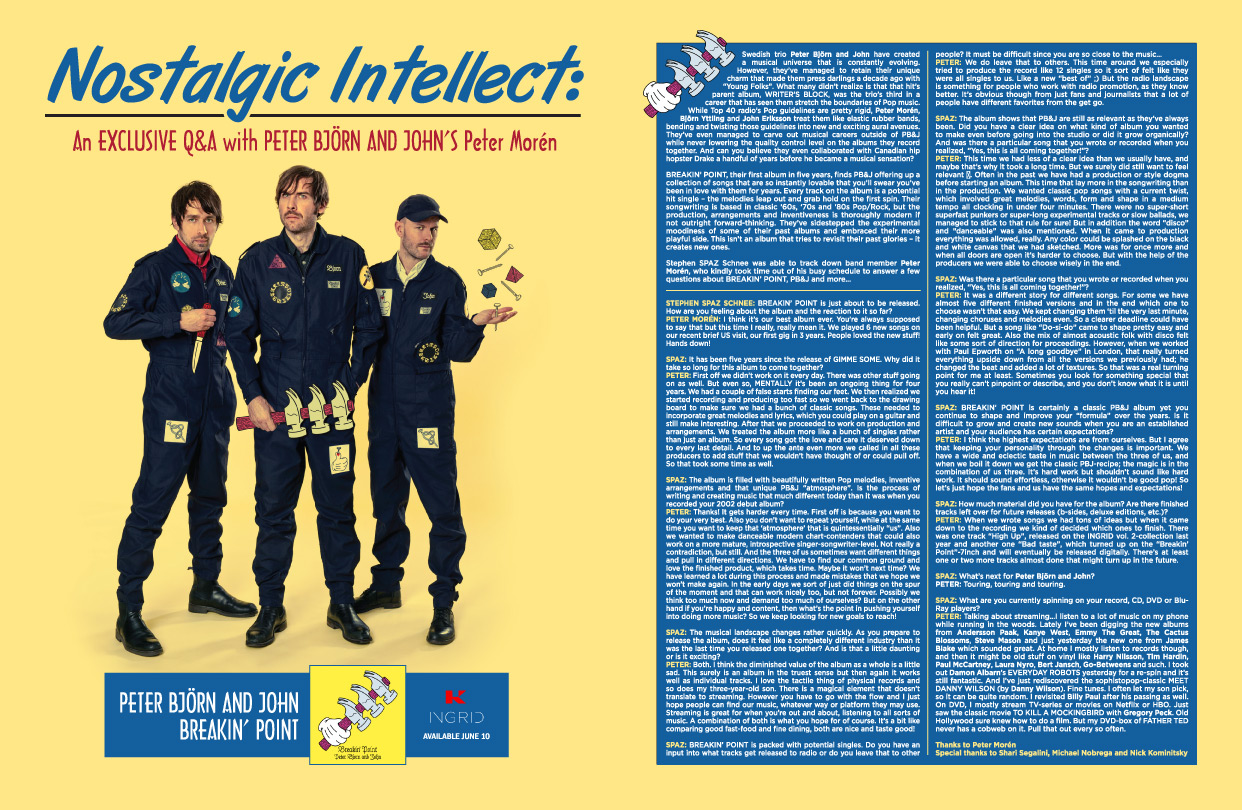
An EXCLUSIVE Q&A with PETER BJÖRN AND JOHN’S Peter Morén
Swedish trio Peter Björn and John have created a musical universe that is constantly evolving. However, they’ve managed to retain their unique charm that made them press darlings a decade ago with “Young Folks”. What many didn’t realize is that that hit’s parent album, Writer’s Block, was the trio’s third in a career that has seen them stretch the boundaries of Pop music. While Top 40 radio’s Pop guidelines are pretty rigid, Peter Morén, Björn Yttling and John Eriksson treat them like elastic rubber bands, bending and twisting those guidelines into new and exciting aural avenues. They’ve even managed to carve out musical careers outside of PB&J while never lowering the quality control level on the albums they record together. And can you believe they even collaborated with Canadian hip hopster Drake a handful of years before he became a musical sensation?
Breakin’ Point, their first album in five years, finds PB&J offering up a collection of songs that are so instantly lovable that you’ll swear you’ve been in love with them for years. Every track on the album is a potential hit single – the melodies leap out and grab hold on the first spin. Their songwriting is based in classic ‘60s, ‘70s and ‘80s Pop/Rock, but the production, arrangements and inventiveness is thoroughly modern if not outright forward-thinking. They’ve sidestepped the experimental moodiness of some of their past albums and embraced their more playful side. This isn’t an album that tries to revisit their past glories – it creates new ones.
Stephen SPAZ Schnee was able to track down band member Peter Morén, who kindly took time out of his busy schedule to answer a few questions about Breakin’ Point, PB&J and more…





